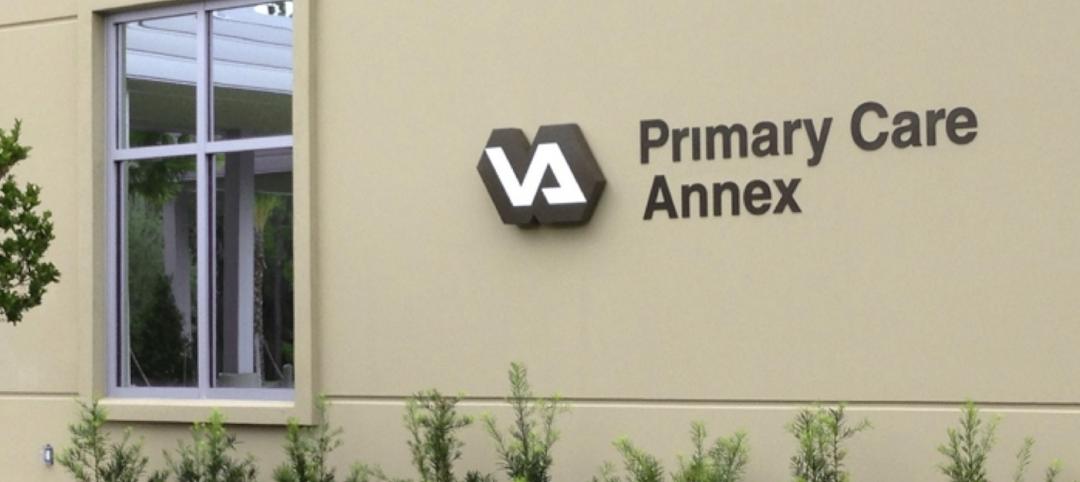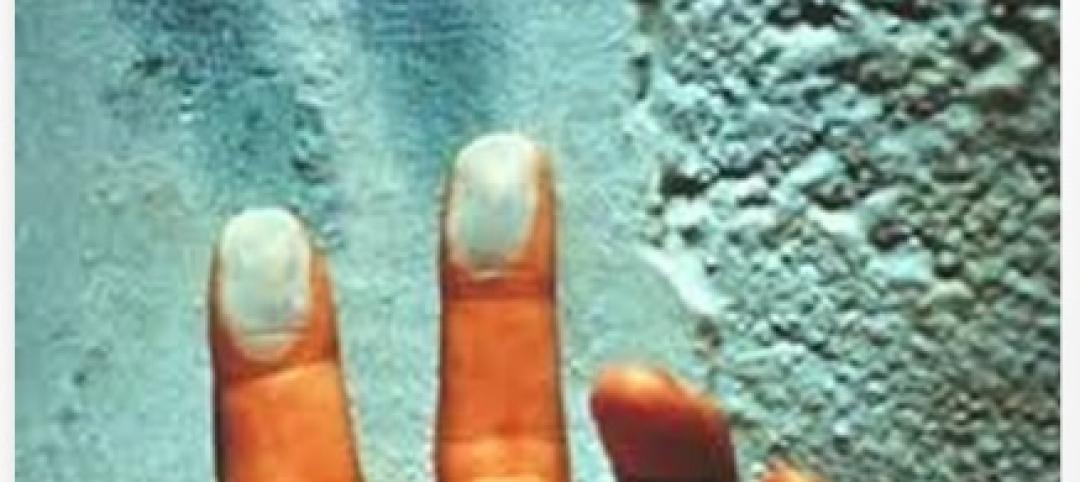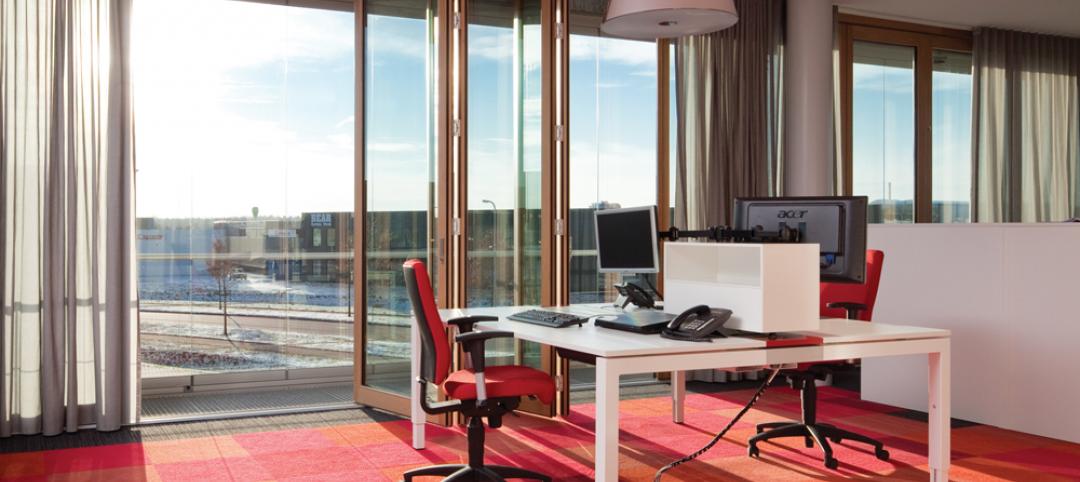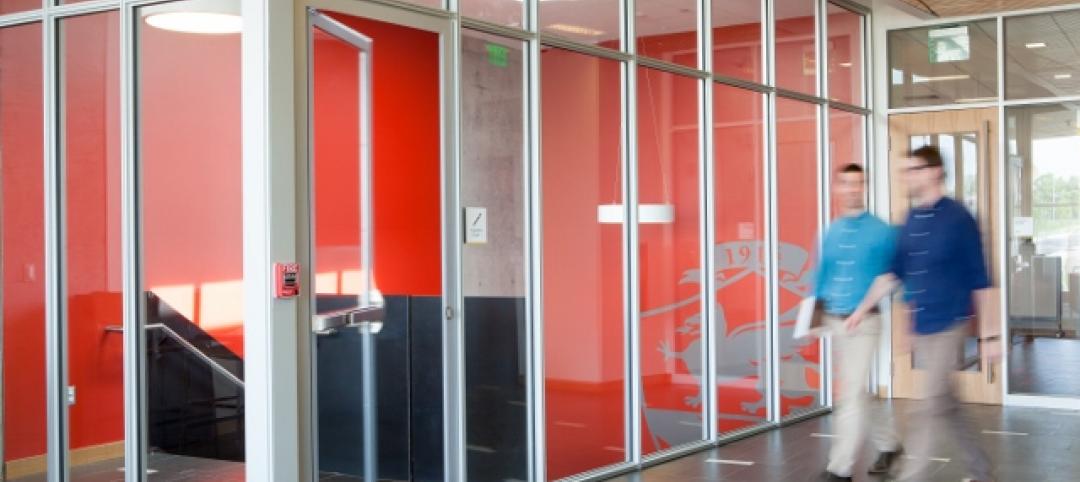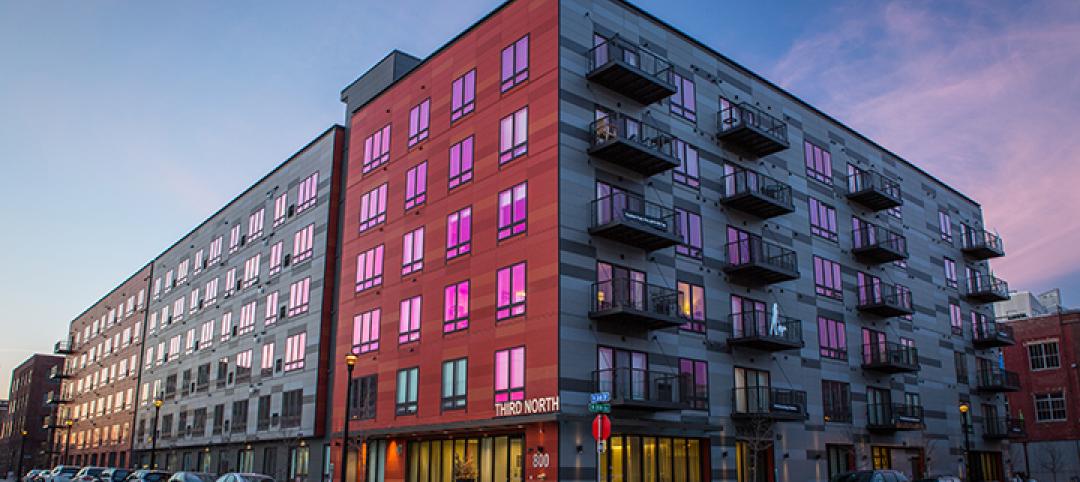For architects looking to design sustainable buildings—especially in healthcare—smart technologies and renewable energy might be top of mind. But often overlooked, and perhaps the most important to get right from the outset, is designing an energy-efficient building enclosure.
“The sexy things are solar panels and windmills on your roof and vegetative roofs—and those are cool things—but the best bang for your buck is to make the building envelope as efficient as possible right from the beginning,” says Gale Tedhams, director of sustainability at Owens Corning. “The building envelope is your foundation for good energy efficiency.”
Since there are no real do-overs with the building envelope in any market sector, it’s important that AEC teams carefully plan their designs and select the right products. With the added goal of meeting at least one of the many green building certifications and standards in the industry, this process becomes more complex.
Architects looking for products created with sustainable materials can seek out Greenguard, Living Product Challenge, and Cradle to Cradle Material Health certifications, among others. Architects that are designing sustainable healthcare facilities can also turn to resources like the Green Guide for Healthcare, which offers tools and guidelines for designing green healthcare buildings.
Tedhams says at Owens Corning, building science experts are available to help builders navigate sustainability questions and figure out what the right solutions are for their specific projects and desired outcomes. The company also produces environmental product declarations (EPDs) that lay out the materials, certifications, and environmental impacts of products. “We make sure that we have the documentation and the transparency information for our products that's going to meet the needs of the criteria for a wide range of building programs,” Tedhams said.
Along with environmental impacts, sustainable building standards account for the impact of buildings on the health and well-being of occupants. Building envelopes play a significant role in this, as factors like indoor air quality and ventilation, acoustics, daylighting, and fire resistance are all of concern, especially in healthcare facilities where health is a priority.
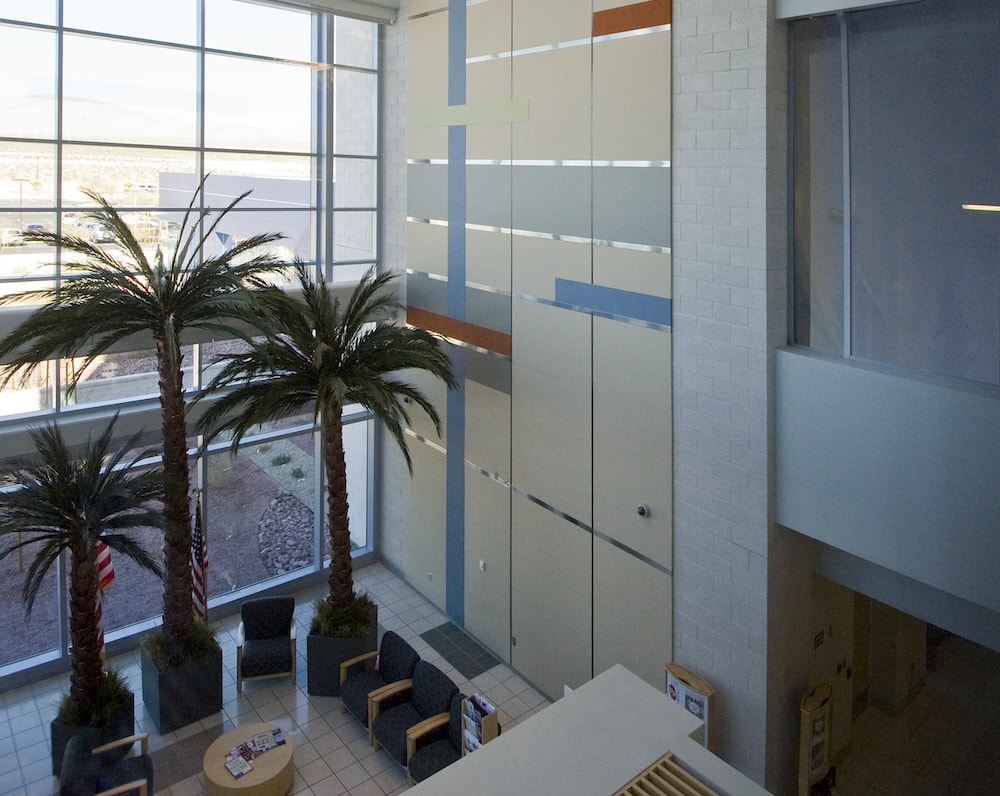
From LEED to the Living Building Challenge to WELL, each sustainable building standard sets its own requirements for indoor air quality, acoustics, and thermal comfort. LEED v4 for Building Design and Construction has comprehensive requirements for air quality, which cover entryway systems, filtration, interior cross-contamination prevention, and more.
The LEED guideline also outlines rules for low-emitting materials, which must meet 100 percent of the compliance threshold in the area of building envelope materials. For healthcare buildings, there are additional requirements, including that batt insulation products can’t contain any formaldehyde.
LEED also offers LEED for Healthcare, which generally mirrors regular LEED requirements while tailoring guidelines to the unique demands and regulations of healthcare buildings. Areas of concern unique to this design sector include 24/7 operations, patient privacy, chemical use, and infection control requirements.
WELL has around 29 separate guidelines relating to air quality alone, with delineations for areas including microbe and mold control, healthy entryways, humidity control, air infiltration management, and toxic material reduction.
Similar to LEED, WELL’s guidelines limit the presence of formaldehyde in building materials. Companies like Owens Corning are expanding their offerings to provide additional formaldehyde-free options. Last year, the company introduced the first formaldehyde-free mineral wool insulation for the North American market, Thermafiber® SAFB™ Formaldehyde-Free. In 2018, the company intends to further expand its formaldehyde-free mineral wool product offerings.
“Our formaldehyde-free product is especially appropriate to achieve green building standards because now it brings the fire safety aspect of mineral wool insulation combined with indoor air quality into the healthcare sector,” says Stephanie Maxson, product manager at Owens Corning.
The Thermafiber® formaldehyde-free line has the International Living Future Institute’s Declare label and Greenguard Gold certification. The line provides acoustical control, thermal performance, and fire protection while not introducing harmful chemicals into the air.
Ultimately, as the green building industry continues to grow, so will the need for products that help architects meet guidelines and performance goals for sustainable design. AEC teams looking to stay relevant can look to manufacturers for transparency information as well as online databases and green building guidelines to help make good choices for a sustainable world.
Related Stories
Sponsored | | Nov 19, 2014
Fire resistive, blast-resistant glazing: Where security, safety, and transparency converge
Security, safety and transparency don’t have to be mutually exclusive thanks to new glazing technology designed to support blast and fire-resistant secure buildings. SPONSORED CONTENT
Sponsored | | Oct 29, 2014
What’s the difference between your building’s coating chalking and fading?
While the reasons for chalk and fade are different, both occurrences are something to watch for. SPONSORED CONTENT
| Oct 14, 2014
Proven 6-step approach to treating historic windows
This course provides step-by-step prescriptive advice to architects, engineers, and contractors on when it makes sense to repair or rehabilitate existing windows, and when they should advise their building owner clients to consider replacement.
| Oct 2, 2014
Effective use of building enclosure mock-ups within the commissioning process
Engineers from SSR offer advice and guidelines on implementing building enclosure mockups on any project.
Sponsored | | Sep 8, 2014
Metal roof and wall panels provide strong wind resistance
In areas that experience strong winds, metal roof and wall panels provide a sturdy, well-tested option for building envelope design.
| Sep 7, 2014
Building the cladding palette: panels, rainscreens, and veneers [AIA course]
When it comes to cost, performance, and aesthetics—not to mention maintenance and long-term resilience—the evaluation of cladding materials and façade systems is more complex than ever. This course is worth 1.0 AIA CES HSW learning units.
Sponsored | | Aug 16, 2014
Fire-rated framing system makes the grade at Johnson & Wales University Center
The precision engineering of TGP’s Fireframes Aluminum Series creates narrow profiles and crisp sightlines at Johnson & Wales University Center for Physician Assistant Studies
| Jul 17, 2014
A harmful trade-off many U.S. green buildings make
The Urban Green Council addresses a concern that many "green" buildings in the U.S. have: poor insulation.
| Jul 1, 2014
Sochi's 'kinetic façade' may steal the show at the Winter Olympics
The temporary pavilion for Russian telecom operator MegaFon will be wrapped with a massive digital "pin screen" that will morph into the shape of any face.
Sponsored | | Jun 4, 2014
Fiber cement panels bridge historic and modern at Minneapolis apartment complex
The design team for the Third North apartment complex specified Nichiha’s Illumination Series architectural panels in a blend of six colors—divided into swaths of reds and swaths of grays—that combine with a rectilinear shape to complement nearby brick.



